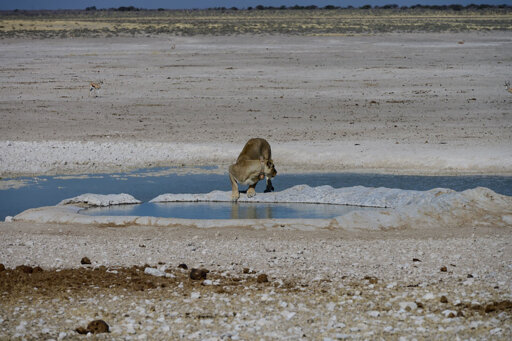Lions and hyenas are a familiar sight to tourists visiting Africa, with many looking forward to seeing them in person. But the animals may occasionally spend less time near roads crowded by humans, according to new research from the University of Georgia.
Etosha National Park in Namibia is a popular site to see animals like lions and hyenas. There are many human-made waterholes that animals gather around, often near the main road frequented by vehicles so tourists can get a good look.
But the presence of tourists can disrupt animals’ usual habits and schedules.
“The message here is not that tourism is bad. These large predators need large areas to roam and access prey, and tourism is a huge driver of many economies,” said Jim Beasley, co-author of the study and a professor in UGA’s Warnell School of Forestry and Natural Resources.
A main goal of his lab is understanding how carnivores and other wildlife use space to protect them from conflict with humans. This is especially important for extremely large parks like Etosha, which has many areas for animals to go where humans are less frequent.
“It’s important that we have these large parks that are accessible to tourists so they can come see these animals in the wild,” Beasley said. “But we should make sure that there are areas within these parks that these animals can go where there’s less tourism pressure.”
Going out on a limb here, but I assume it has something to do with instinct. The hyenas aren’t sure if the humans are equals or eaters of them, and the lions aren’t known to GAF when they could easily rend a small family into cutlets within a minute. Of course the hyenas’ll hard pass and lions temp the room, respectfully. 🤷🏽♂️



